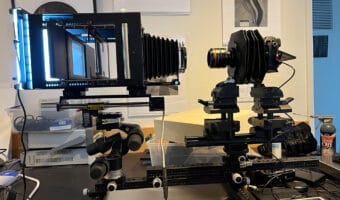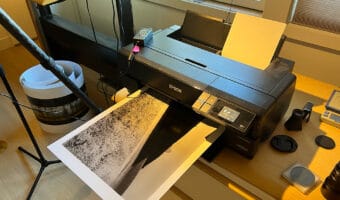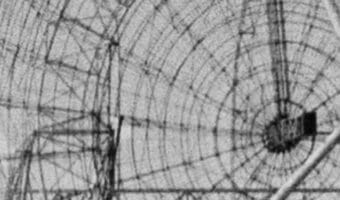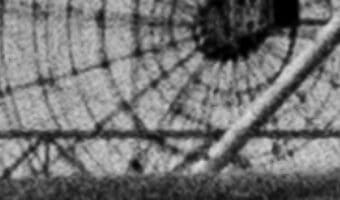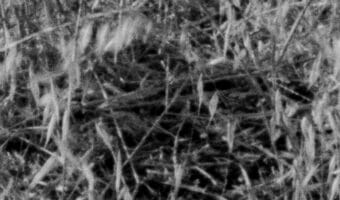The last four posts have shown you the results of scanning one 4×5 TMax 100 negative with the GFX 100S. What happens if we try to use a lower resolution camera like the Nikon Z7? That’s what this post is about. Here’s the scanning setup with the Z7 attached: From left to right: Light source… [Read More]
Visibility of scanning differences in C-size prints
In the last three posts, I looked at different ways to scan black and white negatives with the GFX 100S. All used stacking. The differences boiled down to: Straight single shot Pixel shift Two-shot stitch Yesterday I printed copies of the best versions of all three images on C-size (17×22 inch) Epson Legacy Baryta paper,… [Read More]
Scanning 4×5 TMax 100 and stitching with PTGui
In the last post I showed you what happens when you use Lightroom to stitch two vertical orientation scans into one horizontal orientation one. Lightroom amps up the contrast and or the sharpening. In an attempt to get around that, I stitched the stacked images from the last post using PTGui 11.7 and 12.8. The… [Read More]
Stitch scanning 4×5 TMax 100
Yesterday, I reported on using pixel shift on the GFX 100S to scan negatives. There is another way to increase resolution, and that’s stitching. I turned the camera into portrait orientation and performed a two-view set of captures for stitching. This meant that the 4 inch dimension of the negative was imaged to about 40… [Read More]
What pitch do you need to scan 4×5 TMax 100?
In my last post, I showed you results obtained by scanning TMax 100 6×6 (cm) negatives with the GFX 100S both with and without pixel shifting. Today, I’ll do the same with 4×5 (inch) negatives. Here’s the “scanner”. From left to right: light source, negative carrier on Cognisys rail, lens shade, Rodenstock HR Digarono 105… [Read More]
- « Previous Page
- 1
- …
- 6
- 7
- 8
- 9
- 10
- …
- 31
- Next Page »
